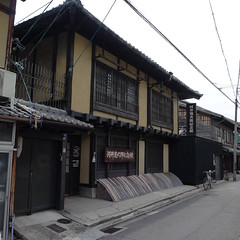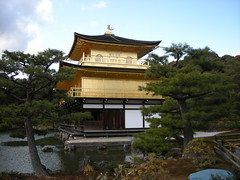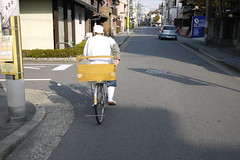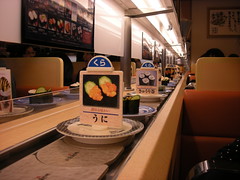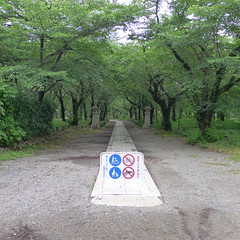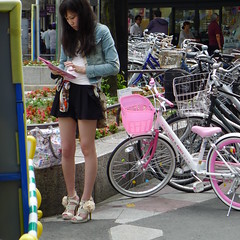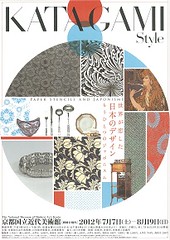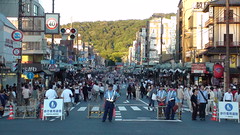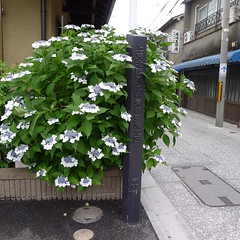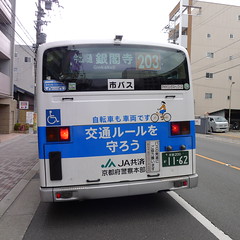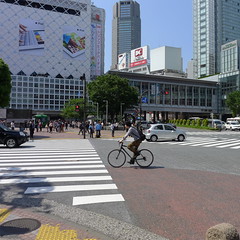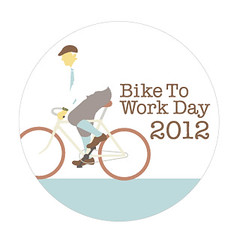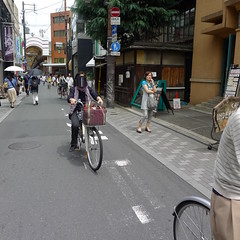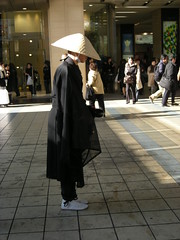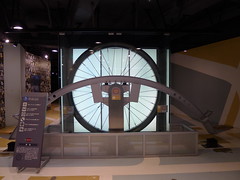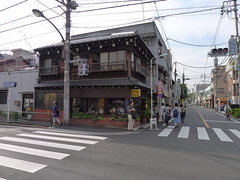
東京上野を自転車で楽しむ
The Ueno area of Tokyo is many things.
Ueno Park is home to the city's zoo, a handful of great museums, Shinobazu Pond, a collection of cherry trees that draw thousands of revelers every spring, and Japan's most prestigious arts university.
Across the street from Shinobazu Street is Tokyo University, or Todai, which is home to privileged youth and future bureaucrats.
To the northeast, beyond Tokyo Geidai (Arts University) is the quaint area Yanaka.
Ueno is also a working class neighborhood that was the arrival point for many refugees from Japan's northeast. Following World War II - and prior to that as well - Ueno Station was the first view of the capital for hundreds of thousands of migrants from the rural north who moved to the big city for work.
The working class area today is primarily to the east of the large JR station.
The bike lane pictured above is along Asakusa Dori, which runs from JR Ueno Station to Asakusa, across the Sumida River, and farther into the old working class downtown area known as "shitamachi."
It is a great place to ride a bike. The side streets are slow moving, a world away from the manic energy of Shinjuku and
Shibuya and the parts west in the "high" city.
The area is also undergoing a revival of sorts.
Tokyo Skytree was built nearby, and young people are moving in because rents are lower than in other parts of the city.
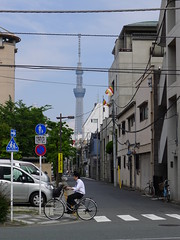
© CycleKyoto.com
CycleKyoto Home Page
Tags
Japan
Touring
Kyoto
Cycle
Ueno
 母子自転車で京都を動き回る
母子自転車で京都を動き回る © CycleKyoto.com
© CycleKyoto.com